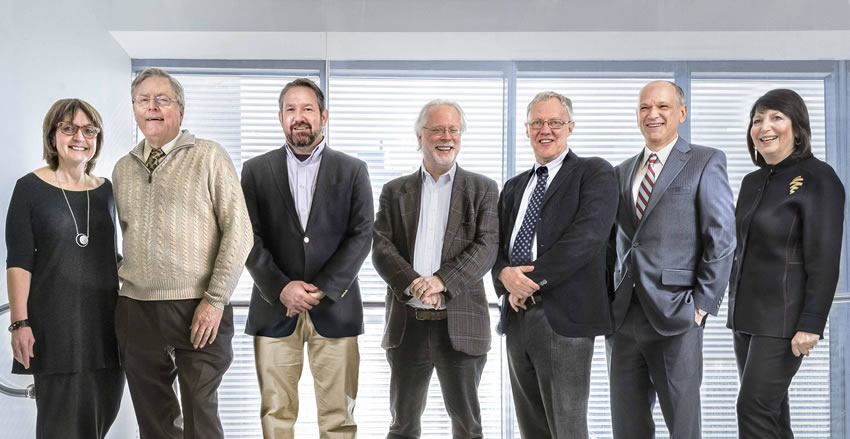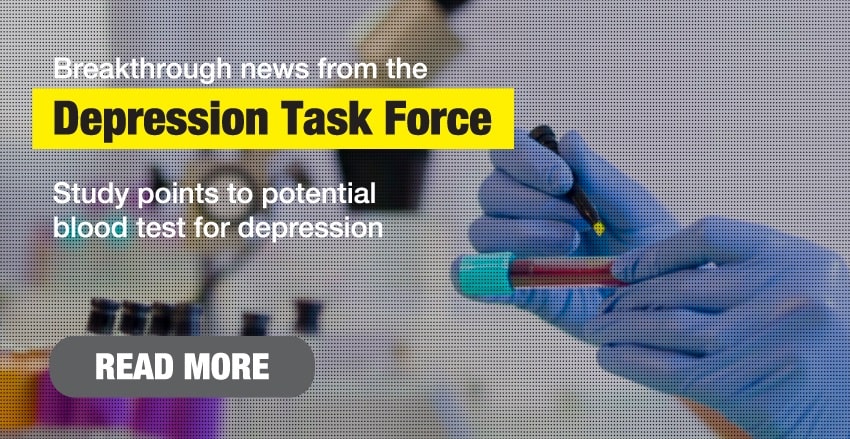The Staggering Statistics about Depression
Did you know that it...
- Is the Number One cause of disability worldwide?
- Is the primary reason why a person dies of suicide every 14 minutes?
- Takes an annual toll on U.S. business of $100 billion per year?
The Crisis in Depression Treatment and Research
Since the advent of the latest group of antidepressants
(the SSRIs) over thirty years ago, there has been little
progress in the treatment of depression, and all the common
medications today are based on the same basic formula.
Yet over 50% of patients with major depression
do not respond to existing treatments.
(the SSRIs) over thirty years ago, there has been little
progress in the treatment of depression, and all the common
medications today are based on the same basic formula.
Yet over 50% of patients with major depression
do not respond to existing treatments.
HDRF's Mission
Our goal is to fund the most advanced neuroscience research to:
- find the root causes
- develop a medical diagnosis
- discover new treatments
- and find methods to prevent depression.
Depressive Disorders
HDRF's work encompasses depression and its related mood disorders:
- bipolar disorder
- postpartum depression
- post-traumatic stress disorder
- anxiety disorder
Latest Research Report
The Depression Task Force has made remarkable research progress in 2022, which is outlined in our Research Report.
read moreSpecial Events
An important focus of HDRF's mission is to educate the public, correct misinformation, and reduce the stigma that still surrounds illnesses of the mind/brain.
"Messengers of Hope"
Outstanding celebrity speakers who have shared their own experience with depression or a related mood disorder have appeared at our Annual Seminars.





















